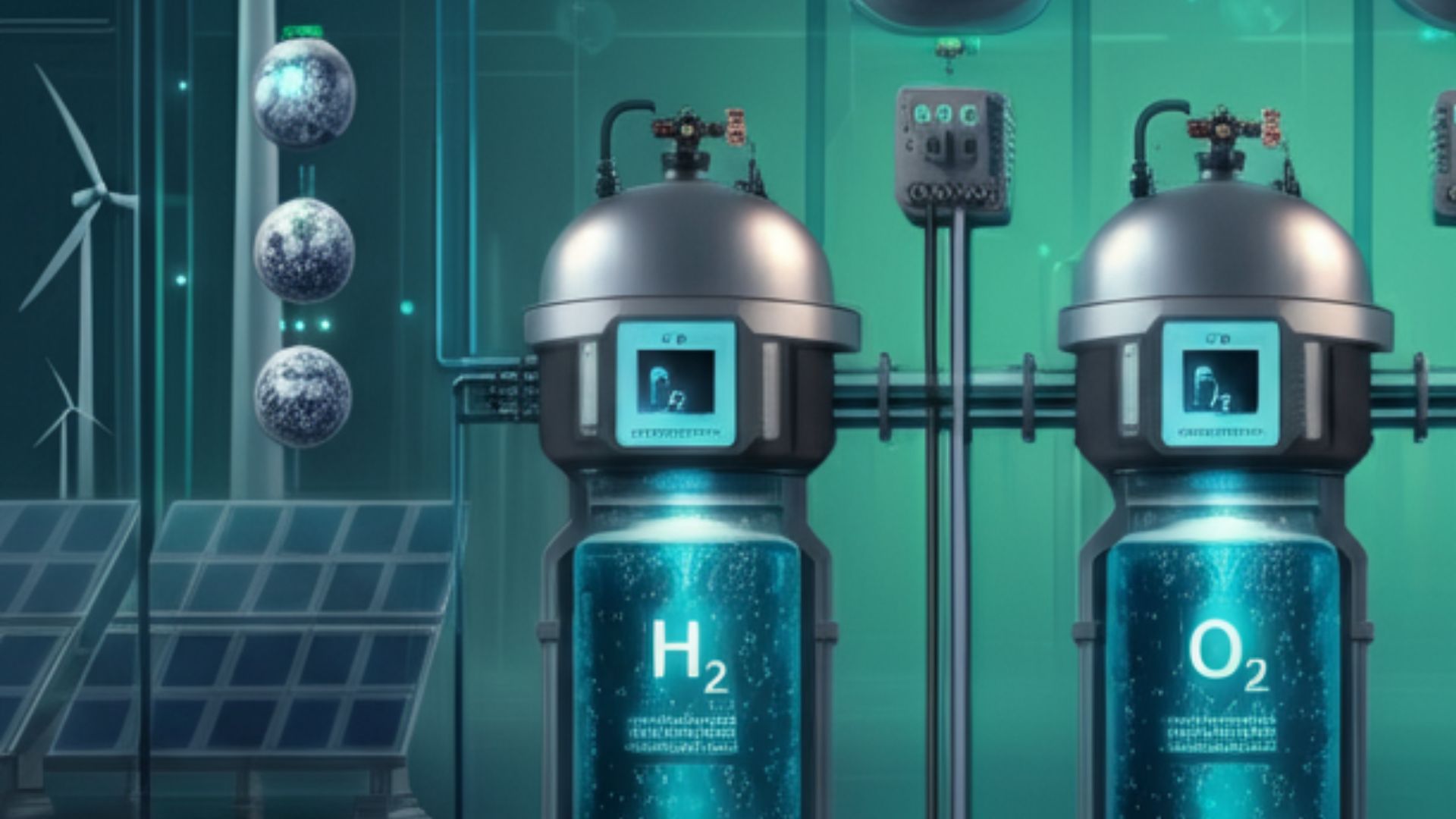
From Steel to Chemicals: Germany’s Massive Hydrogen Subsidy Explained
March 26, 2025Germany’s €5 Billion Hydrogen Subsidy Scheme Marks a Milestone in Green Energy Transition
The European Union has given the green light to Germany’s €5 billion subsidy scheme aimed at decarbonizing industrial production processes through hydrogen, carbon capture, and electrification. This ambitious initiative stands as a pivotal step in Europe’s ongoing pursuit of climate neutrality and sustainable industrial practices.
Announced in March 2025, the scheme underscores Germany’s firm commitment to revolutionizing its industrial landscape, aligning with broader EU climate strategies. It represents a decisive moment for not just Germany but the entire European energy ecosystem, setting new benchmarks for innovation and emissions reduction.
A Blueprint for Decarbonization
At its core, this state aid scheme is designed to help industries covered under the EU’s Emission Trading Scheme (ETS) achieve sharp reductions in carbon dioxide (CO₂) emissions. Beneficiaries from energy-intensive sectors like cement, chemicals, steel, glass, and plaster production will receive support for adopting greener technologies. Companies participating in the program must deliver a 60% reduction in emissions within three years and reach a 90% reduction by the project’s conclusion.
One of the scheme’s defining features is its reliance on competitive bidding processes. Projects will be ranked based on the lowest cost per tonne of avoided CO₂ emissions, ensuring economic efficiency alongside environmental impact. Participants will access funding through “Climate Protection Contracts,” which last for 15 years and provide grants aligned with market fluctuations in energy prices and traditional technologies.
The technologies central to the scheme range from electrification and energy efficiency measures to advanced hydrogen production and carbon capture and storage (CCS). Particularly notable is the focus on hydrogen, a technology that is crucial for decarbonizing sectors where direct electrification isn’t feasible, such as heavy industry.
Advancements in Hydrogen Technology
Hydrogen production and storage technologies have seen remarkable advancements over the past decade. Green hydrogen, produced through renewable-powered electrolysis, is gaining traction as a viable alternative to fossil fuels. Reduced costs for electrolyzers and expanded global manufacturing capacity are making hydrogen increasingly competitive.
Looking ahead to 2025, other innovations in hydrogen include improvements in fuel cell efficiency, modular electrolyzer systems, and enhanced hydrogen storage solutions. Companies like Plug Power and Air Liquide have been developing scalable technologies that can serve both domestic energy grids and industrial applications.
The steel sector is poised to be a major beneficiary of hydrogen’s potential. Hydrogen direct reduction processes, which replace traditional coal-based methods, are being adopted by firms aiming to transition toward low-carbon steel production. For example, large hydrogen hubs under development across Europe are strategically linked with the decarbonization of heavy industrial hubs.
Aligning with EU Climate Targets
This subsidy scheme represents not just a national effort but a critical component of the EU’s broader climate strategy. The EU has committed to reaching climate neutrality by 2050, with intermediate milestones like the 2030 goal of reducing net greenhouse gas emissions by at least 55% compared to 1990 levels.
Germany’s initiative bolsters the efforts of the revised EU ETS, which imposes stringent carbon pricing mechanisms and extends its scope to include new sectors. By supporting transitions at a sectoral level, the subsidy scheme exemplifies how public funding can fill key gaps in achieving continent-wide environmental goals.
Executive Vice-President for Clean, Just and Competitive Transition, Teresa Ribera, stated, “The projects funded under this scheme will significantly reduce the greenhouse gas emissions of industrial production processes in Germany. It is a critical contributor to the EU’s objective of climate neutrality while ensuring minimal market distortion.”
Potential Implementation Timelines and Market Impact
The German government has outlined a clear, phased implementation plan for the subsidy framework. Project selection is currently in progress, with competitive bidding rounds to ensure transparency and fairness. The early-stage projects are expected to begin operations between 2026 and 2028, with more extensive deployments anticipated by the early 2030s.
Over 23 major hydrogen and decarbonization initiatives across Germany have reportedly been proposed for funding. If these proposals are implemented effectively, they could serve as blueprints for other EU member states.
The ripple effects of this scheme are expected to extend beyond Germany’s borders. For instance, innovation in the hydrogen sector catalyzed by German investment could impact global hydrogen markets, stabilizing prices and enhancing the technology’s accessibility in developing economies. Additionally, international collaboration opportunities may arise, as nations look to Germany’s model as a benchmark for their own energy transitions.
The Stakes for Europe’s Green Energy Transition
Germany’s €5 billion commitment provides a powerful demonstration of the role national policies play in driving industrial-scale decarbonization. Hydrogen, carbon capture, and electrification are keys to transitioning heavy industries away from fossil fuels while preserving economic competitiveness.
The next decade is critical. Will European nations replicate or expand schemes like this to accelerate innovation? Will global hydrogen trade receive a significant boost? The answers to these questions will shape how effectively the world navigates its energy transition.
Closing Thoughts
Through its €5 billion subsidy scheme, Germany has ignited a transformation in industrial decarbonization, carving a pathway for achieving both national and EU environmental objectives. By integrating cutting-edge technologies like hydrogen and CCS, the initiative exemplifies how ambitious policy making can foster sustainable industrial practices.
As implementation unfolds and milestones approach, all eyes will remain on Germany. With transparency, collaboration, and innovation at its core, this scheme has the potential to redefine Europe’s industrial landscape and inspire global action toward a greener future.



 With over 15 years of reporting hydrogen news, we are your premier source for the latest updates and insights in hydrogen and renewable energy.
With over 15 years of reporting hydrogen news, we are your premier source for the latest updates and insights in hydrogen and renewable energy.